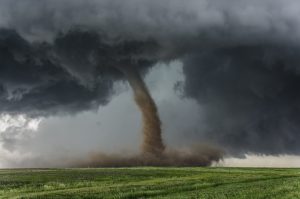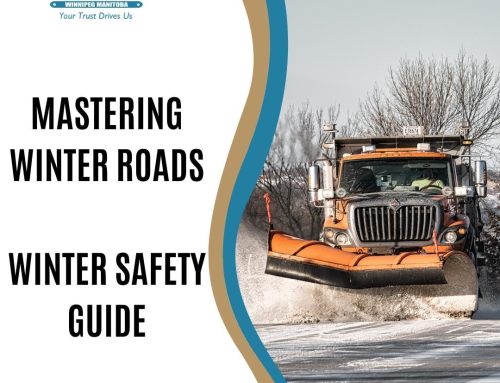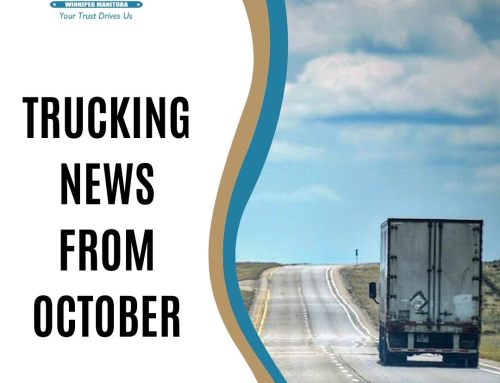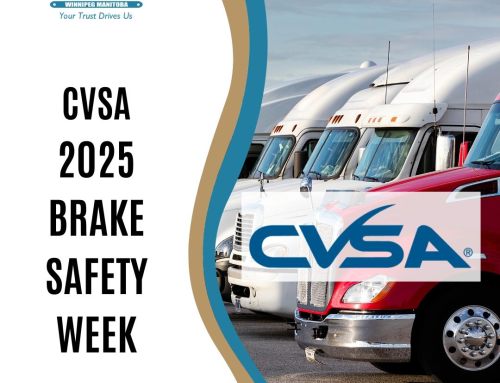 It’s tornado season, actually, there are a few in the United States, and once you factor in that tornado season tends to move northward from late winter to mid-summer; it pretty much lasts all year.
It’s tornado season, actually, there are a few in the United States, and once you factor in that tornado season tends to move northward from late winter to mid-summer; it pretty much lasts all year.
The Southern States see more tornados from March to May; the Southern Plains from May to early June; the Northern Plains, States and Upper Mid-West experience more tornados in June and July and the Gulf Coast from October to December.
Truck drivers need to be aware of where they are heading and the different unpredictable weather systems they may run into along the way.
Where to Pay Special Attention
While tornadoes can touch down just about anywhere, there are some states and provinces where the conditions tend to be more favourable for a touchdown to occur.
The big tornado areas are South Dakota, Nebraska, Kansas, Oklahoma, Iowa, Missouri-Arkansas, Texas and Florida; to a lesser extent North Dakota, Montana, Illinois, Alberta, Saskatchewan, and Manitoba.
When we think of the places that tornado touch down in the United States, we often think of Tornado Alley, and most of us probably think of Kansas and Oklahoma. In fact, Texas averages 125 tornadoes every year; Oklahoma comes in next with about 57 tornadoes per year; with Kansas and Florida following close behind with 55 each.
Tornado Warning Signs
A lot of research goes into being able to predict tornadoes and increase warning times for those that may be in the path of a tornado. When it come to tornadoes being prepared is more critical than any other natural event. This is because tornadoes can strike suddenly, sometimes with no warning at all. That is why it is important to know the signs; they key elements that usually come before the twister. If your run into these conditions it is probably time to get the radio on to listen to reports from the National Weather Service:
- An unusual greenish or black colour in the sky
- Hail or heavy rain followed by either dead calm or a fast, intense wind shift.
- A visible funnel cloud that has not yet touched the ground.
- A loud continuous rumble that does not fade after a few seconds, as thunder does. Tornadoes have described as sounding like a waterfall, freight train or jet.
What to do if you Encounter Tornado Conditions
- Keep up with the weather conditions. By checking weather conditions you will get an idea if you’re driving into an area that is under a tornado watch allowing you to stop and shut down before getting into the affected area, or adjusting your route to avoid the storm.
- Be aware that even if you don’t run into a funnel, high winds can be dangerous as well. Tornadoes are part of a larger weather system; high winds can blow a fully loaded truck off the road.
- If you get caught in a severe storm try to stop where there are locals, such as a truck stop. Local people will have a good idea what to do, when to get out of dodge, and where to go and how to get there.
- If you can’t get to a truck stop try to get off the freeway; don’t stop on the shoulder. Don’t park under overpasses. These act as a venturi and speed up the air flow or they can collapse.
- If you’re forced to abandon the truck and are physically outside get down to the ground, preferably in a ditch, to avoid flying debris.
- If a tornado warning is issued or if a tornado has touched down near you, take immediate action to ensure your safety.




